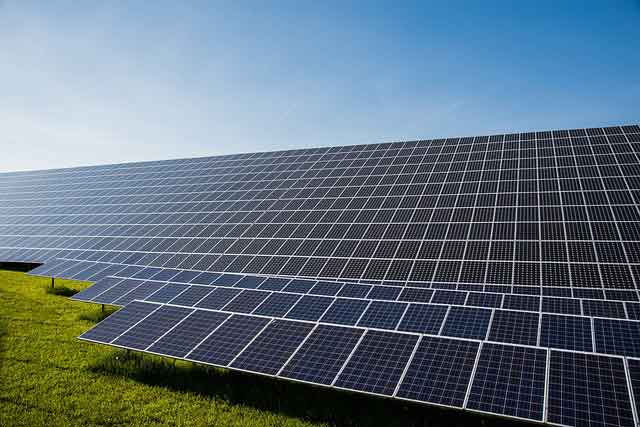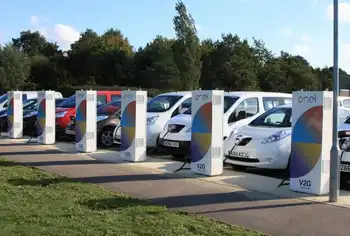Minnesota weighs bigger wind role
MINNEAPOLIS, MINNESOTA - By 2020, a far greater share of Minnesota's electricity may be getting pulled out of the air.
A new report, prepared at the behest of the Legislature, argues that if lawmakers focus on policies to extend transmission lines, they could boost the state's share of electricity generated by wind turbines to 25 percent. That would be about an eightfold increase from today.
The Midwest Wind Integration Study, released recently, said the cost of integrating wind power into utility systems would be less than half a cent for each kilowatt-hour produced.
But that doesn't mean wind-power projects will be cheap.
The study doesn't estimate the cost of building transmission lines to reach wind turbines scattered across the state and the region.
"Knowing we can't just plunk all this energy on the system right now," the goal of the study was to say what's possible after millions of dollars of investment, said Mark Ahlstrom, chief executive of WindLogics, a St. Paul consulting firm that worked on the report. "It's possible — not today, but in coming years — if we're interested in doing this."
Mike Jacobs, deputy policy director at the American Wind Energy Association, said wind power someday may not only provide added electricity but substitute for current sources.
"Where Xcel uses natural gas, every kilowatt of wind energy they can use lowers the customers' costs," Jacobs said.
One key to increasing wind-power use, beyond cooperation from utilities, is government choices about energy and tax policy, said Charles Smith, director of the Utility Wind Integration Group in Reston, Va.
Short-lived investment tax credits, if extended for five years or more, could do much to encourage investors to put up the millions of dollars needed to increasing the production of wind turbines, he said.
Another step in making increased wind generation possible is the creation of large, efficient electricity power trading systems, said Rick Peterson, Xcel Energy resource planning analyst.
But wind power depends on the weather, which is unpredictable. That means utilities have to be ready to start, stop or alter generation at conventional power plants to adjust for changes in wind power.
"If you're a utility and trying to balance your other generation against the ebb and flow of wind generation, it's going to cost you a lot of money," Peterson said.
Related News

City of Vancouver named Clean Energy Champion for Bloedel upgrades
VANCOUVER - The City of Vancouver has been selected as BC Hydro’s first Clean Energy Champion for energy efficient upgrades made at the Bloedel Conservatory that cut greenhouse gas emissions by 90 per cent.
BC Hydro’s Clean Energy Champions program is officially being launched today to recognize residents, businesses, municipalities, Indigenous and community groups across B.C. that have made the choice to switch from using fossil fuels to using clean electricity in three primary areas: homes and buildings, transportation, and industry. The City of Vancouver is being recognized as the first champion for demonstrating its commitment to using clean energy to…




